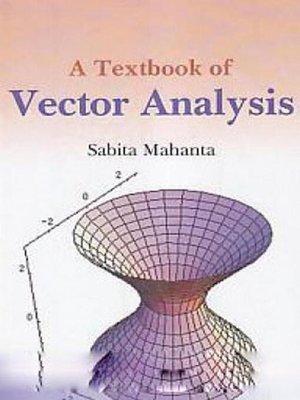
Sign up to save your library
With an OverDrive account, you can save your favorite libraries for at-a-glance information about availability. Find out more about OverDrive accounts.
Find this title in Libby, the library reading app by OverDrive.



Search for a digital library with this title
Title found at these libraries:
| Library Name | Distance |
|---|---|
| Loading... |
Vectors are used to represent quantities that have both a magnitude and a direction. Good examples of quantities that can be represented by vectors are force and velocity. Both of these have a direction and a magnitude. The same idea holds more generally with vectors. Vectors only impart magnitude and direction. They don't impart any information about where the quantity is applied. This is an important idea to always remember in the study of vectors. Vector analysis forms the basis of many physical and mathematical models. Mathematica can compute the basic operations of gradient, divergence, curl, and Laplacian in a variety of coordinate systems. Moreover, these operators are implemented in a quite general form, allowing them to be used in different dimensions and with higher-rank tensors. In a graphical sense vectors are represented by directed line segments. The length of the line segment is the magnitude of the vector and the direction of the line segment is the direction of the vector. However, because vectors don't impart any information about where the quantity is applied any directed line segment with the same length and direction will represent the same vector. If anything has magnitude and direction, its magnitude and direction taken together constitute what is called a vector. The numerical description of a vector requires three numbers, but nothing prevents us from using a single letter for its symbolical designation. The present book is written to meet the requirements of undergraduate and postgraduate students of several Indian Universities.







